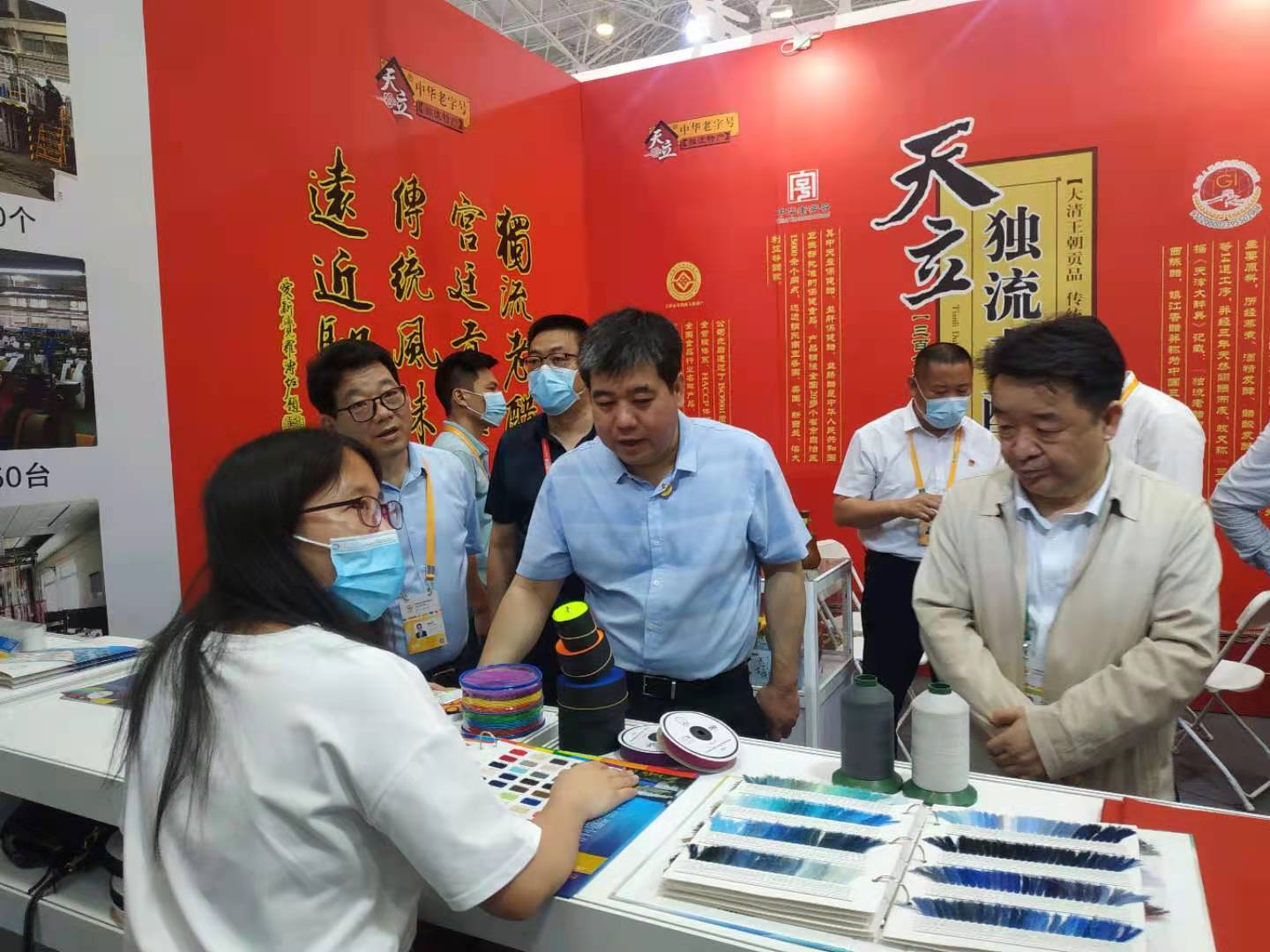The method of calculating the amount of sewing thread. With the increase in the price of textile raw materials, the price of sewing thread, especially high-end sewing thread, is also rising. However, the current methods of calculating the amount of sewing thread used by clothing companies are mostly estimated based on production experience. Most companies often oversupply of sewing thread, open up supply, and do not realize the value of sewing thread management.
1. Calculation method of sewing thread consumption
The calculation of the amount of sewing thread is obtained by the commonly used estimation method by enterprises, that is, the length of the stitch line is measured through the CAD software, and the total length is multiplied by a coefficient (generally 2.5 to 3 times the total length of the stitch).
A piece of clothing stitching consumption = the sum of the stitching consumption of all parts of the garment × (1 + attrition rate).
The estimation method cannot accurately obtain the amount of sewing thread. There are two scientific methods for calculating the amount of sewing thread:
1. Formula method
The principle of the formula method is to use the mathematical geometric curve length method for the stitch structure, that is, to observe the geometric shape of the coils cross-connected in the sewing material, and use the geometric formula to calculate the consumption of a loop line.
Calculate the length of a stitch loop (including the stitch loop length + the amount of thread used at the intersection of the stitch), and then convert it into the amount of stitches per meter of stitching, and then multiply it by the overall stitch length of the garment.
The formula method integrates factors such as stitch density, sewing material thickness, yarn count, overlock slit width, and stitch length. Therefore, the formula method is a more accurate method, but it is relatively complicated to use. Specifications, styles, sewing techniques, thickness of sewing material (grey cloth), thread count, stitch density, etc. are very different, which brings too much inconvenience to calculations, so companies basically do not use it.
2. Stitch-line length ratio
Stitch-line length ratio, that is, the ratio of the stitch length of the sewing stitch to the length of the consumed stitching. This ratio can be determined according to actual production or calculated according to formula method. There are two test methods: the stitch length method and the stitch length method.
Suture length fixation method: Before sewing, measure a certain length of suture on the pagoda line and mark the color. After sewing, measure the number of stitches formed by this length to calculate the length of the seam per meter. The line consumption of the trace.
Sewing stitch length method: first use sewing materials of different thicknesses to sew, then cut out the section with better stitch shape, carefully disassemble the stitches, measure their length or weigh their weight, and then calculate The amount of thread used per meter of stitch (length or weight).
2. The significance of accurate calculation of dosage:
(1) The amount of sewing thread used is an important factor for companies to calculate the cost of clothing production;
(2) Calculating the amount of sewing thread used can reduce the waste and backlog of sutures. Reducing the amount of sewing thread can save the company’s inventory area and reduce inventory pressure, thereby reducing production costs and maximizing profit margins;
(3) Carrying out the assessment of sewing thread consumption can improve employees’ awareness of sewing specifications and quality;
(4) By calculating the amount of sewing thread, workers can be reminded to change the thread in time. When stitching is not allowed in open stitches such as jeans, the amount of thread used should be carefully calculated to reduce the surplus of stitches caused by insufficient stitches, thereby improving Productivity;
Because the “stitch-to-line length ratio” is relatively simple to calculate the amount of sewing thread, and the calculation result is accurate, it is widely used in clothing manufacturers.
3. Factors affecting the amount of sewing thread
The amount of sewing thread consumption is not only closely related to the stitch length, but also closely related to factors such as the thickness and twist of the sewing thread itself, the structure and thickness of the fabric, and the stitch density during the sewing process.
However, the actual variability and flexibility make the calculation results of sewing threads have a large deviation. Other main influencing factors are:
1. The elasticity of fabric and thread: Both the sewing material and the suture have a certain degree of elasticity. The greater the elastic deformation, the greater the influence on the calculation of the amount of suture. In order to make the calculation results more accurate, it is necessary to add correction coefficients for adjustments for thick and thin grey fabrics with special organizational structures and sutures of special materials.
2. Output: In the case of a large production volume, as the proficiency of workers gradually increases, the proportion of losses will be relatively reduced.
3. Finishing: Washing and ironing of fabrics or garments will cause garment shrinkage problems, which need to be increased or decreased appropriately.
4. Employees: In the process of using sutures, due to the different operating habits of employees, human errors and consumption are caused. The consumption is determined according to the technical status and actual experience of the factory, and this waste can be reduced through correct operation guidance.
The competition in the clothing industry is becoming more and more fierce. Enterprises should have a suitable sewing thread calculation method to help manage the sewing thread and provide a reference for saving production costs.
Post time: Apr-01-2021






